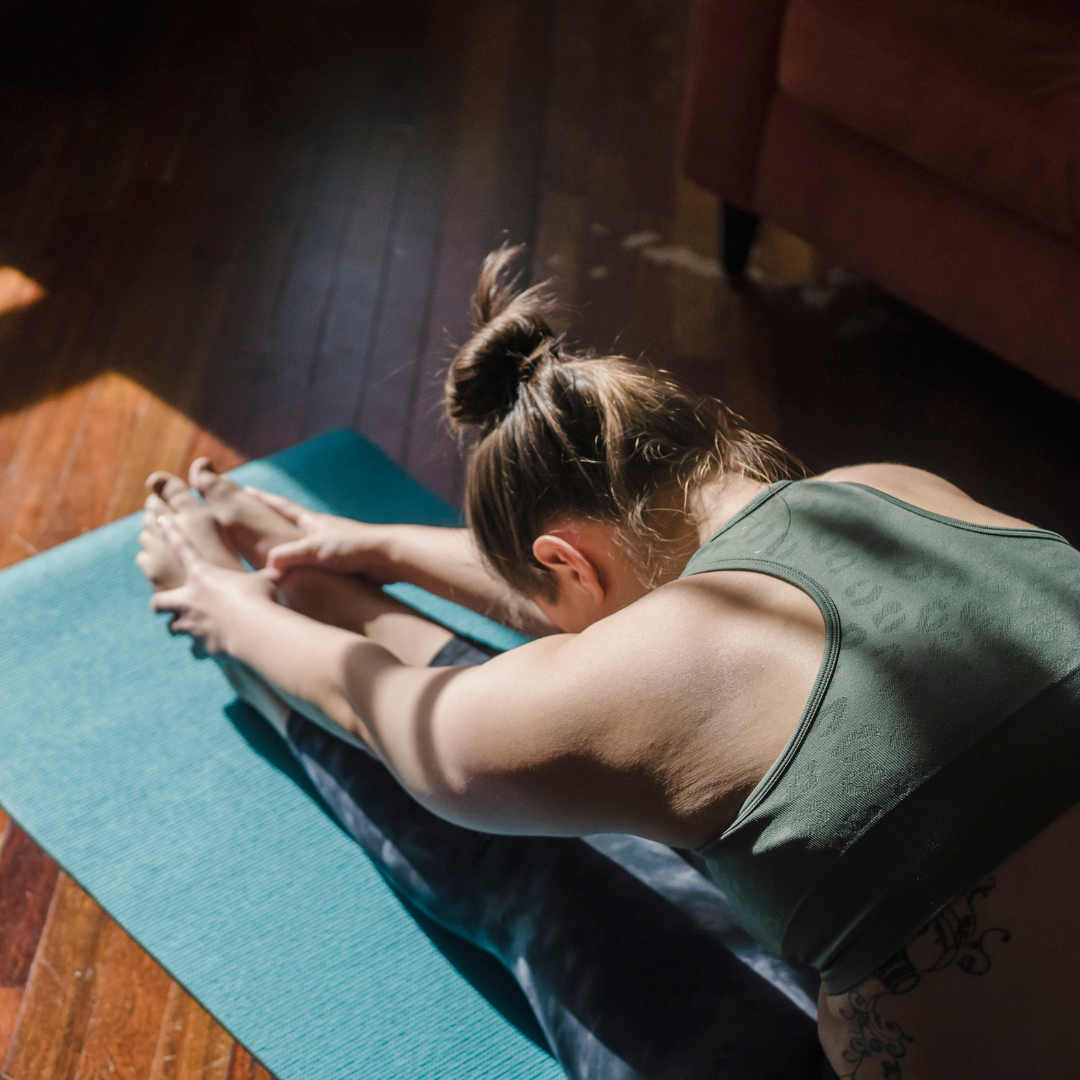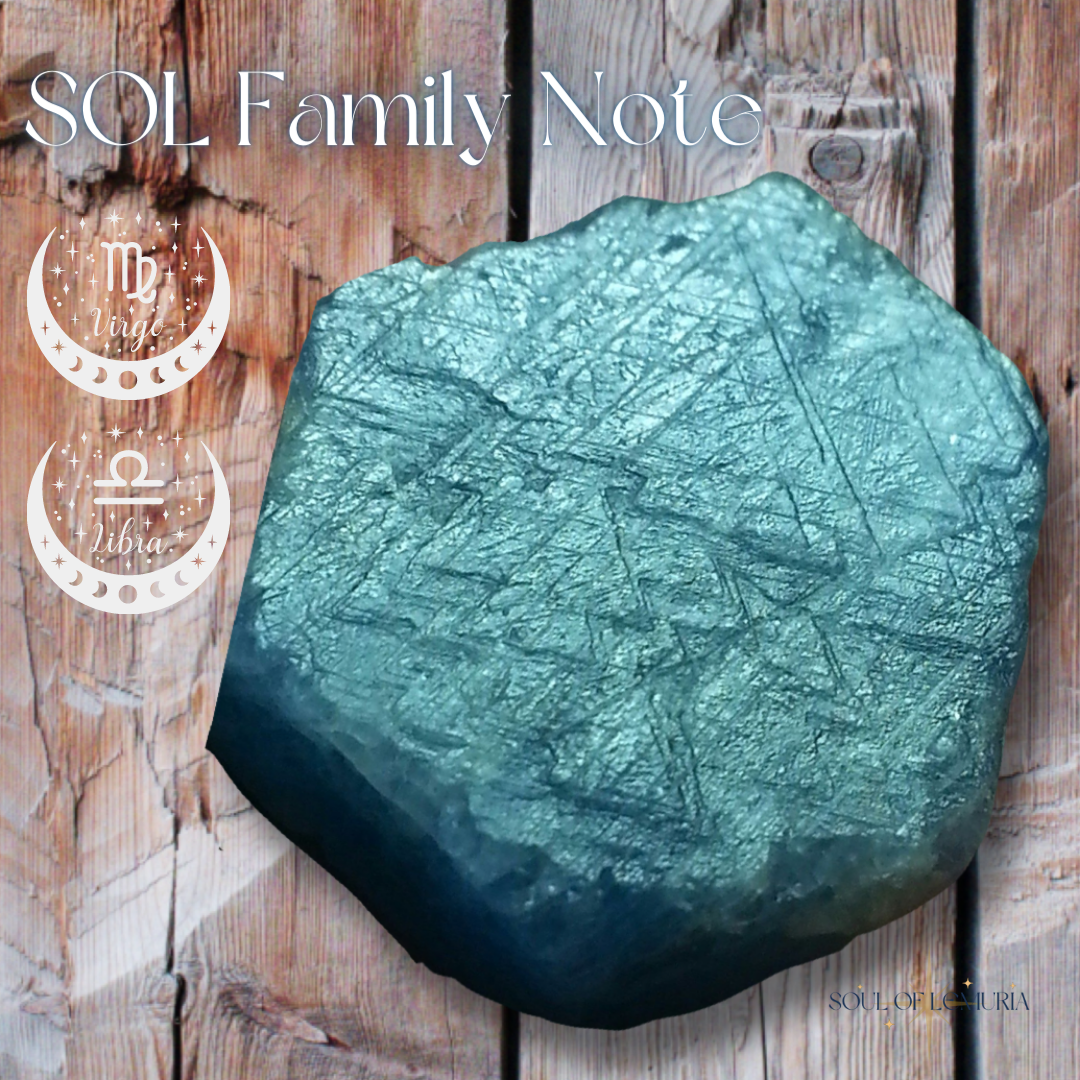
Fascia 101 | Guest Blog by Dr. AnaLouise Keating
Earlier this August, Soul of Lemuria and Dr. AnaLouise Keating hosted a joint IG live to discuss Fascia (FA-shuh). We know it is a connective tissue that’s often been overshadowed by muscles, tendons, and ligaments. As AnaLouise pointed out during the live, it’s one thing to know what fascia is, and a whole different thing to really understand fascia. I am delighted to publish our first guest blog, by AnaLouise in which she goes over highlights from our conversation, as well as providing some helpful resources! ~ Jen

Fascia is an under-rated though crucial part of all living bodies. Until fairly recently, scientists and doctors overlooked fascia’s importance–treating it instead as a type of packing material to be cut through in order to access the “important” parts–the bones, organs, nerves, and so on. However, fascia is essential and serves many vital functions.
Fascia is ubiquitous throughout our bodies. Fascia is everywhere! (Indeed, it’s fascia’s ordinary, all-pervasive quality that lead researchers to overlook its importance.) Fascia is a single, sentient organ that wraps around nerves, muscle layers, organs, etc. As David Lesondak, a leading researcher, notes, “the fascial net is one continuous structure throughout the body.” Fascia is sturdy yet flexible; it “surrounds and penetrates every muscle, coats every bone, covers every organ, and envelops every nerve. Fascia keeps everything separate yet interconnected at the same time.” Not surprisingly, fascia is also called “connective tissue”: it literally connects everything in our bodies.
Fascia is the largest organ in our bodies. It takes a variety of forms, from the web-like, flexible layer directly beneath the skin; to the thin sheaths wrapped around muscle fibers; to the thick cord-like tendons and the sliding layers that wrap around our organs. Researchers often describe fascia as viscous to underscore its plasticity, its ability to move and be reshaped. Both a fiber and a fluid, fascia is malleable.
Fascia has four main functions: (1) shape, (2) communication, (3) movement, (4) supply. First, fascia gives our bodies shape. It’s not the bones that holds us together; it’s our fascia, connecting bones to each other, to muscles, to organs, etc. Second, fascia is a communication system, sending information from one part of our body to another; and informing our bodies of how to move through the world (proprioception). As Daniel Fenster explains in Free Your Fascia, fascia is “a body-wide communication network. Your fascia sends every part of your body constant information about your position, your movements, and your internal milieu. Your fascia contains 10 times more sensory nerve endings than your muscles, making it one of the body’s most powerful sensory organs.” Third, fascia facilitates movement. Our fascia creates “kinetic chains,” long lines of
connective tissue that allows the parts of our bodies to move. And fourth, fascia supplies nutrients and hydration throughout the body. (The research is on-going; it’s likely that fascia performs additional functions as well. For instance, I believe that working with the fascia can assist us in accessing our innate wisdom or intuition.)
Healthy fascia has a lattice-like structure (kind of like a fishnet, with even spacing and rows), making it what researchers call “organized.” However, stress, trauma, sedentary lifestyles, and bad habits (slouching, hunching over our electronic devices, etc.) wreak havoc on our fascia, drying it out, making it “disorganized.” This disorganization can lead to restricted movement, sore muscles, compromised immune systems, and more. (Often, when we complain that a muscle feels tight, it’s not the muscle but rather the fascia that has dried, shrunk, or thickened, creating additional stress on the muscles. Or consider that people sometimes develop hunched shoulders or rounded backs as they age: changes to the fascia typically play a huge role in these postural changes.)
Fortunately, fascia is incredibly resilient. We can keep our fascia healthy--and make it healthier--by drinking lots of water, moving our bodies regularly, and stretching. I’ve incorporated a regular yin yoga practice and meditation with fascia jasper into my own health routine. The more time I spend working with and learning about fascia, the more grateful I become for its amazing attributes.
Resources
- To see what a human body looks like when stripped down to the fascia, take a look at Fr:eia: a three-dimensional human plastinate at Body Worlds Museum in Germany. I highly recommend this video; it’s amazing and awe-inspiring, to see the many ways fascia shapes our bodies.)
- To learn more about this remarkable tissue, David Lesondak’s Fascia: What It Is and Why It Matters offers a comprehensive (and comprehensible!) starting point.
- For a great, insightful interview with Lesondak check out this conversation.
- To learn how to work with your fascia, see Daniel Fenster’s Free Your Fascia
AnaLouise Keating
To also view the Fascia Jasper we have remaining in stock, click here!



Leave a comment
This site is protected by hCaptcha and the hCaptcha Privacy Policy and Terms of Service apply.